Reading Room is a series where writers share their favorite publications to read on Substack. Any Substack writer can endorse their peers using our recommendations feature.
Great writers are great readers first, as the maxim goes. In this series, we explore what Substack writers are reading by asking them for a tour of their reading list.

We spoke to
, the New York Times best-selling author of seven books of poetry and prose, including You Could Make This Place Beautiful, published by Simon & Schuster in April. Her next book, My Thoughts Have Wings, an illustrated picture book for children, will be published in February 2024. Maggie’s poems and essays have appeared in the New York Times, The New Yorker, the Paris Review, The Guardian, Time, The Nation, and The Best American Poetry series. She offers writing craft tutorials and space to experiment together with writing on her Substack,. Today she shares her favorite reads on Substack and beyond.For more of Maggie’s finds, check out the full list of Substack publications she subscribes to in her profile.
Hi Maggie! Can you start by describing your reading diet?
I’m constantly reading, like every other writer I know. The pie chart of any given day is probably 40% reading. My reading diet is a varied feast: lots of books (primarily poetry, memoirs, and essay collections); plenty of Substacks; magazines and newspapers (The New Yorker, Poetry, The Atlantic, the Washington Post, the New York Times, The Nation, Poets & Writers, etc.); and creative work by my students and editorial clients. I’m almost always reading more than one book at a time—a few near my bed, many teetering stacks in my office, plus several on coffee tables and in tote bags. I think all of my reading is for personal interest and for professional research. When I read for pleasure, I’m gleaning things from that piece of writing that I might use myself or in my teaching, like a magpie collecting shiny objects. When I read students’ or clients’ work, it’s also a pleasure. Every piece of writing I encounter feeds me, inspires me, teaches me—and all of that contributes to the work I do.
Describe your ideal or actual reading room. What does it look like?
Where I read depends a lot on the time of day and the weather. If the weather cooperates—which, in central Ohio, is difficult to count on—I love to read either on my back patio or my front porch, enjoying the fresh air and sunshine. If it’s cold or rainy, or it’s too dark to read outside, I usually read on my yellow sectional sofa in my living room. The room is flooded with natural light, and my dog will happily curl up and nap beside me. What’s more relaxing than reading next to a snoring, snuffling Boston terrier?
My ideal reading room would probably be a cozy cabin in the woods with a fire going—and a sleeping dog nearby, of course. In the cabin there would be no dishes to do, no laundry to fold, and no other distractions.
When I read for pleasure, I’m gleaning things from that piece of writing that I might use myself or in my teaching, like a magpie collecting shiny objects.
Do you remember the first writer or book that really captured your attention?
My favorite book as a child was The Boxcar Children by Gertrude Chandler Warner, but even before that, the book that captured my imagination as a very young child was a 1977 edition of Dean’s A Book of Fairy Tales, illustrated by Janet and Anne Grahame Johnstone. I mentioned this book to my agent, Joy Tutela, a few years ago, lamenting that I didn’t have it anymore. Not long after that phone conversation, a package arrived: a copy she’d found online and had shipped to my home. I gasped when I opened it and realized what it was. What a gift.
Maggie’s recommended reads
Substack I’m most excited to open ASAP:
Lenz, . I love Lyz Lenz’s work, which is both political and personal, both brilliant and funny as hell. She’s a single mom and a Midwesterner like me, but she can skewer a dingus much better than I could, so I’m especially eager to read her Dingus of the Week posts. This one I happily shared with my own readers because it was perfect. Addressing Sophie Turner, who is divorcing Joe Jonas, Lyz writes, “You are also a human being who deserves to have fun. And being a full and complete human is actually being a good mom. Being a good mom does not mean tossing your body onto the burning pyre of home and husband. Being a good mom means you get to be a human being. A real flesh-and-blood human. And if you couldn’t be that in your marriage, then I am so glad you got out.” Amen.
Substack I recommend to friends most often:
, . Every post on Oldster is a gold mine—an opportunity to think differently about living and aging—but I particularly love the questionnaire, which I was honored to respond to myself. When Neko Case responded to the Oldster questionnaire, I was so eager to read it, I hadn’t even had my morning coffee yet. This in particular stopped me in my tracks: “Being 52 has really shone a spotlight on how much of my life was wasted in the tractor beam of the male gaze. I mourn that loss of time and experience and freedom like mourning the passing of a loved one.” I—and so many women I know—share this feeling of lost time and energy.First Substack I subscribed to:
, . I think Isaac Fitzgerald’s newsletter was the first one I paid to subscribe to, and it’s still a favorite of mine. As Isaac interviews people on walks in places that are meaningful to them, the conversations are always interesting, funny, and full of gems, and the photography really puts you in the setting. When Leslie Jamison walked with Isaac across the Pulaski Bridge, she said, “I am a big believer that you can think better with people than without people.” This togetherness is the magic of Walk It Off.
Substack most likely to make me want to write and cook something:
, . I love everything that Elissa Altman writes: her newsletter, her memoirs, and even her social media posts are full of beautiful, insightful writing. Her Substack, the continuation of her James Beard Award-winning blog of the same name, is above all about sustenance—of the body and the mind. I love its mix of essays, recipes, and conversations. Elissa’s writing about her family, and her mother in particular, served as a permission slip for me to write my own memoir—and she writes about permission eloquently in this post.Substack that makes me happy to be here, and not scrolling social media:
, . Plenty of people already know writer and artist Carissa Potter on Instagram as @peopleiveloved, and I hope all of those folks are also subscribed to her Substack, which has a podcast component. I find her writing and these intimate recorded conversations thought-provoking, inspiring, and comforting, because she uses this space to grapple with the beauty and messiness of life. This episode with Andy J. Pizza is a favorite of mine. I’ve been lucky enough to chat with both of these artists—Carissa for her podcast and Andy for his, which I wrote about in my own newsletter.
Visit Maggie’s reader profile and recommendations page to see more from her current Substack reading list. Subscribe to For Dear Life, and find Maggie on Instagram, Threads, and X.
Inspired by Maggie and the other writers here to get going on your own Substack? Sending your first post is just a few taps away:

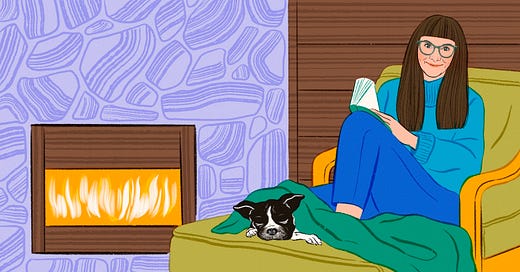

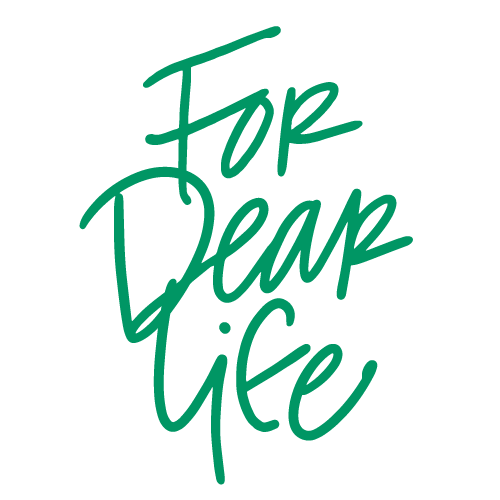




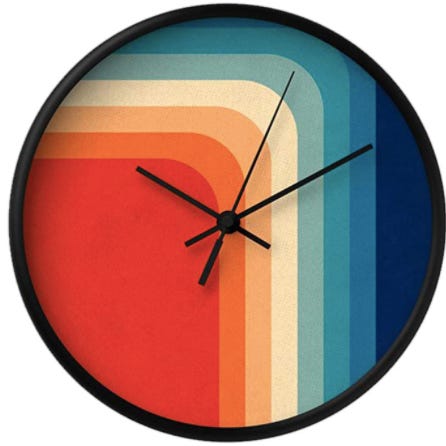
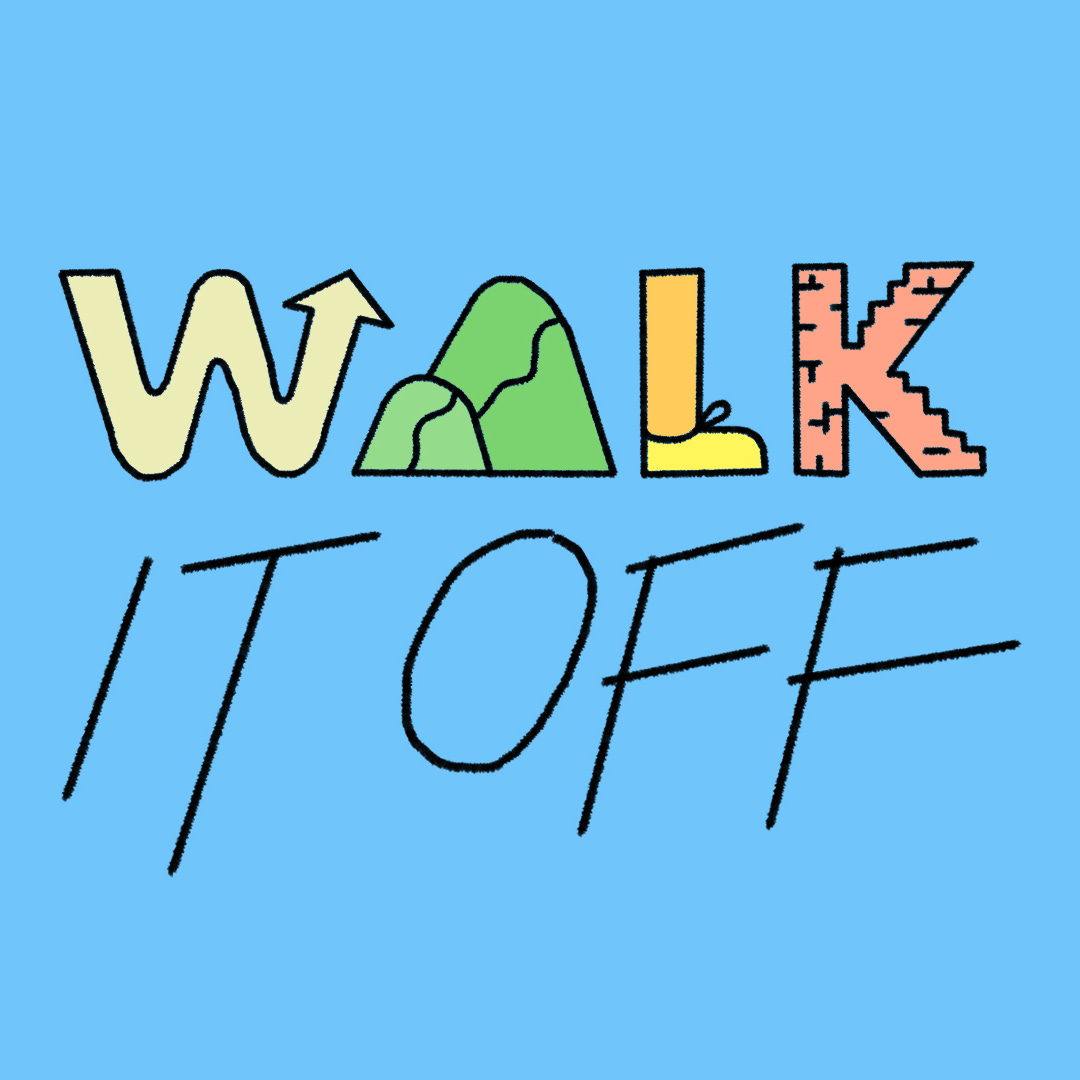
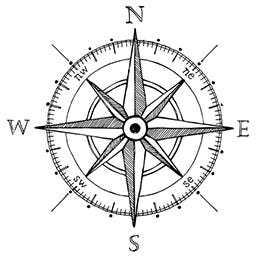
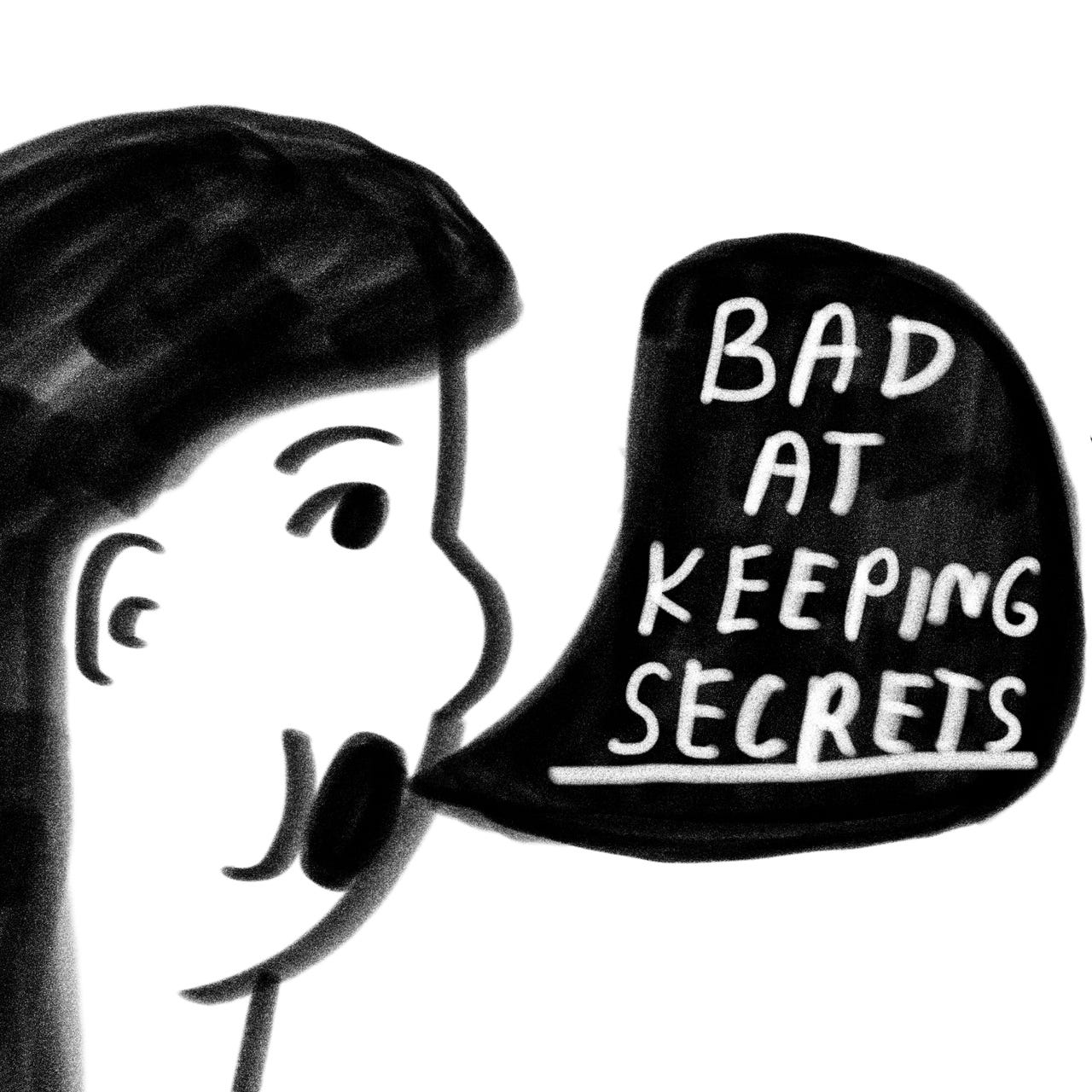

I wish I were reading in that chair with that little dog right now! 🧡
Thank you Substack for these variety of reads.
If you are in London and up for a chat on my upcoming podcast, feel free to drop me a message.